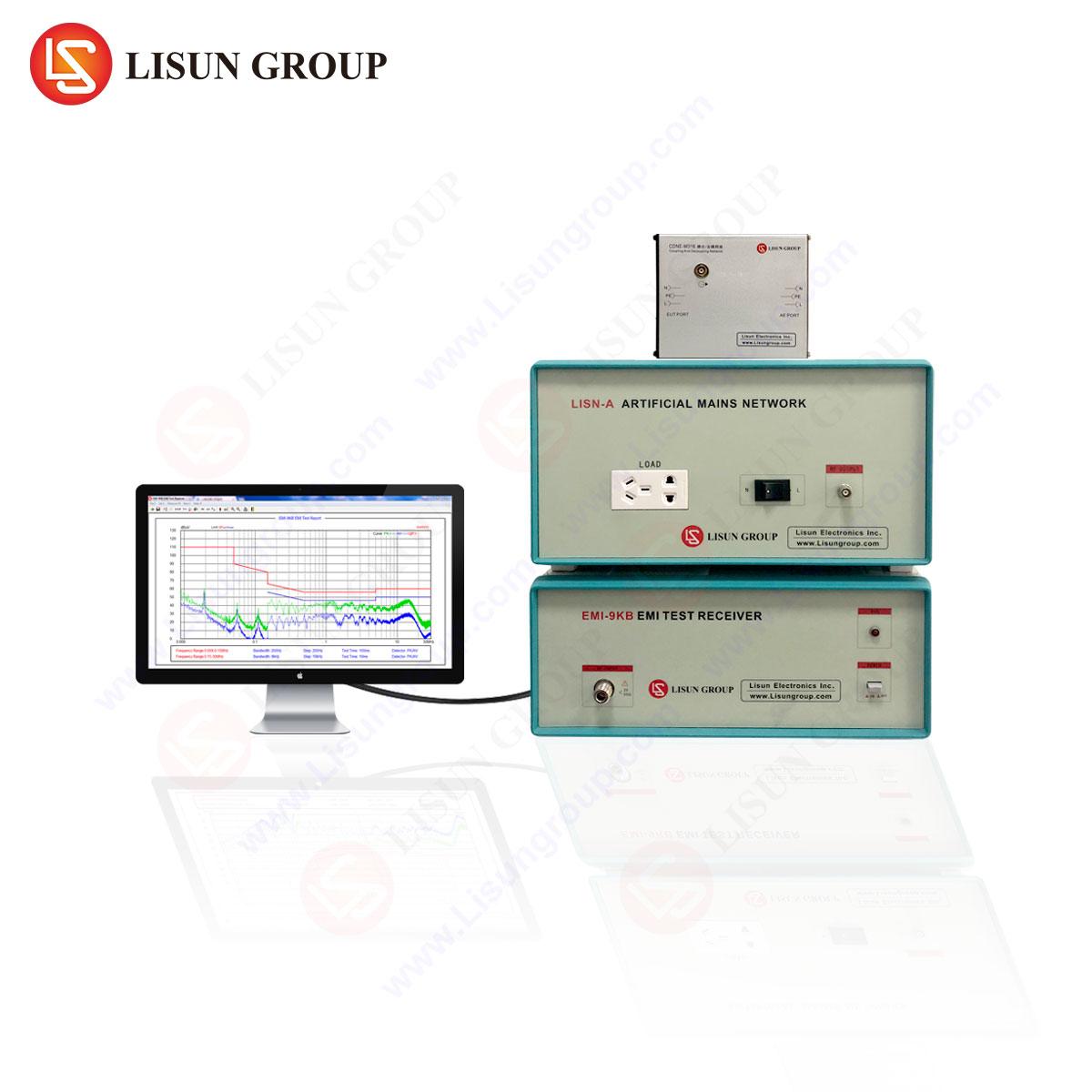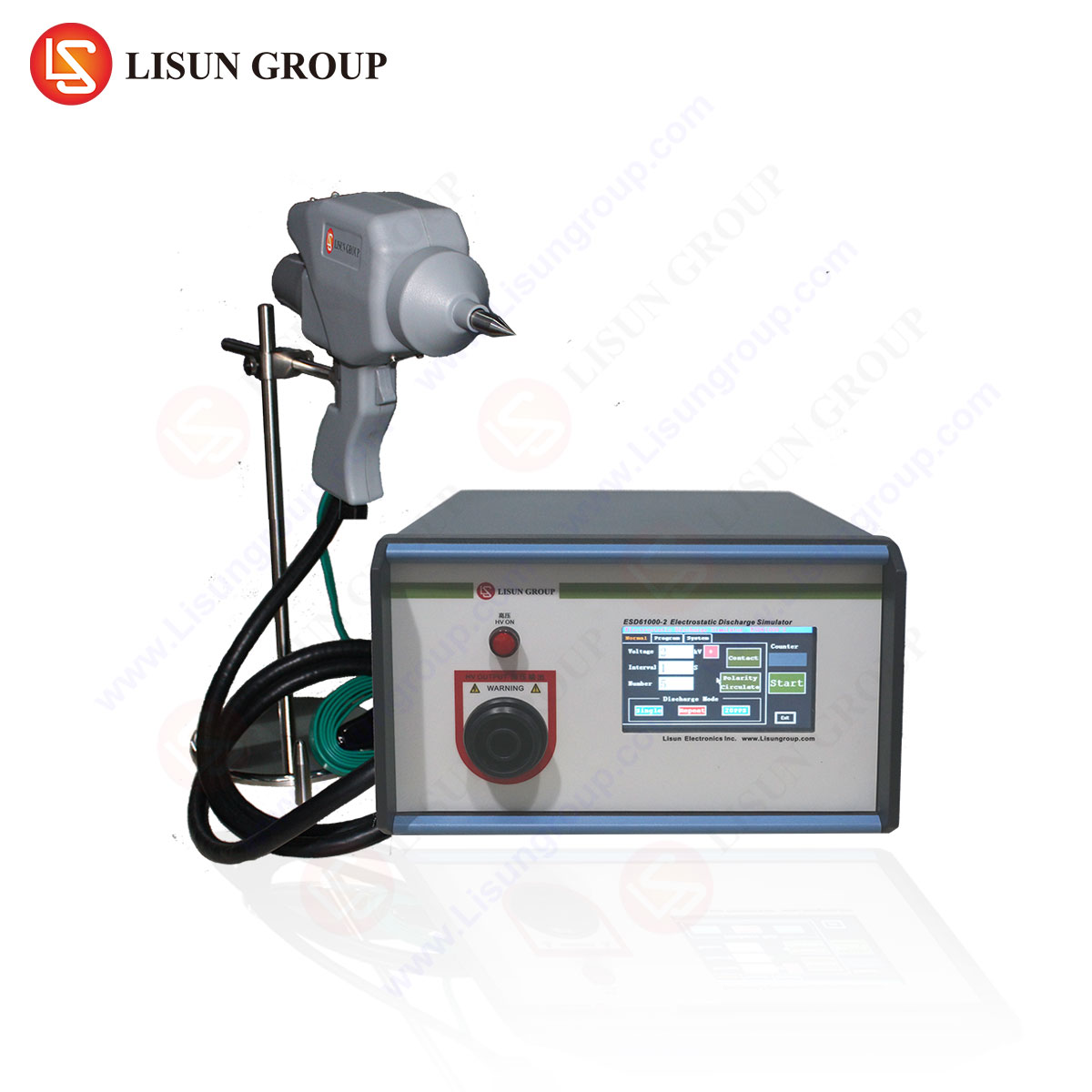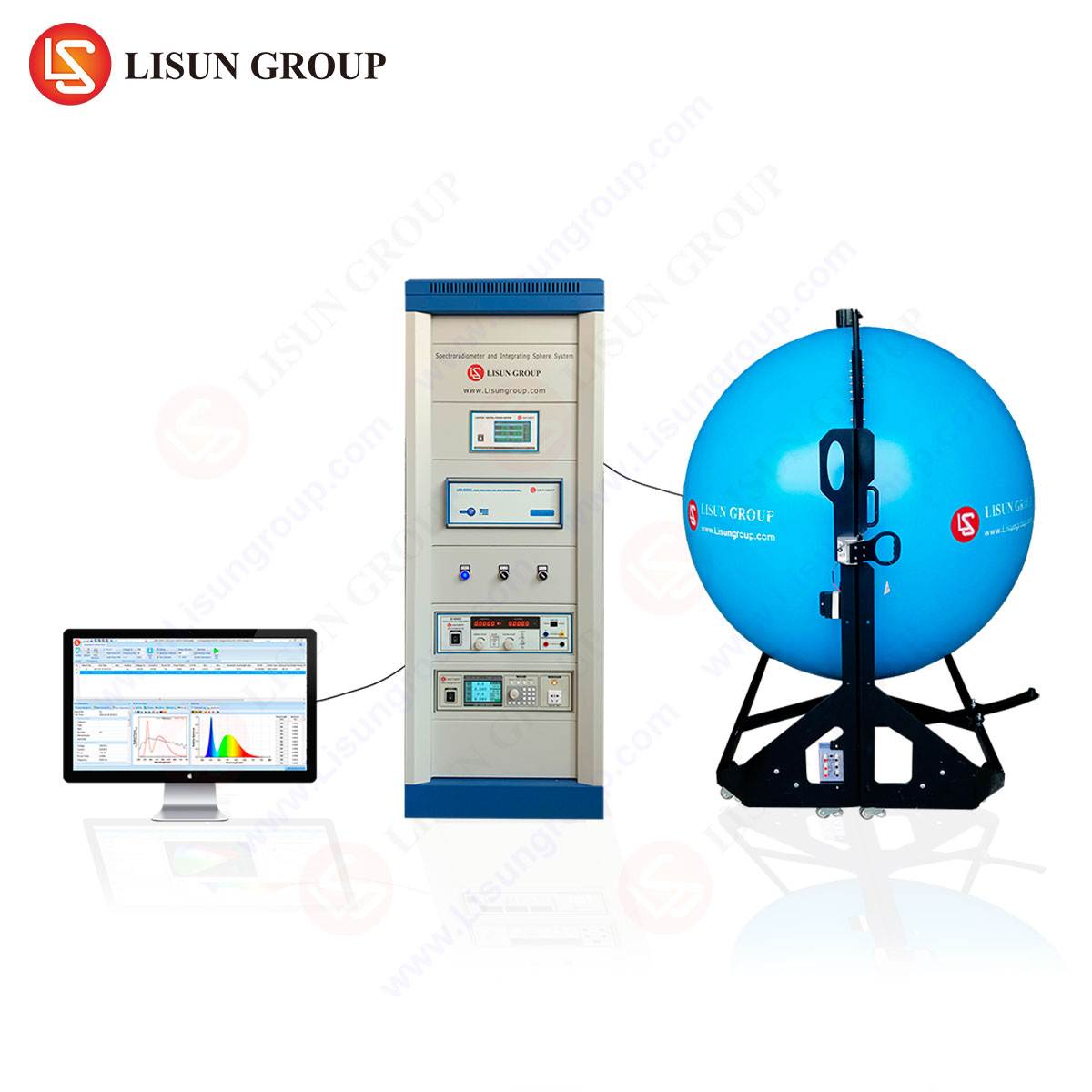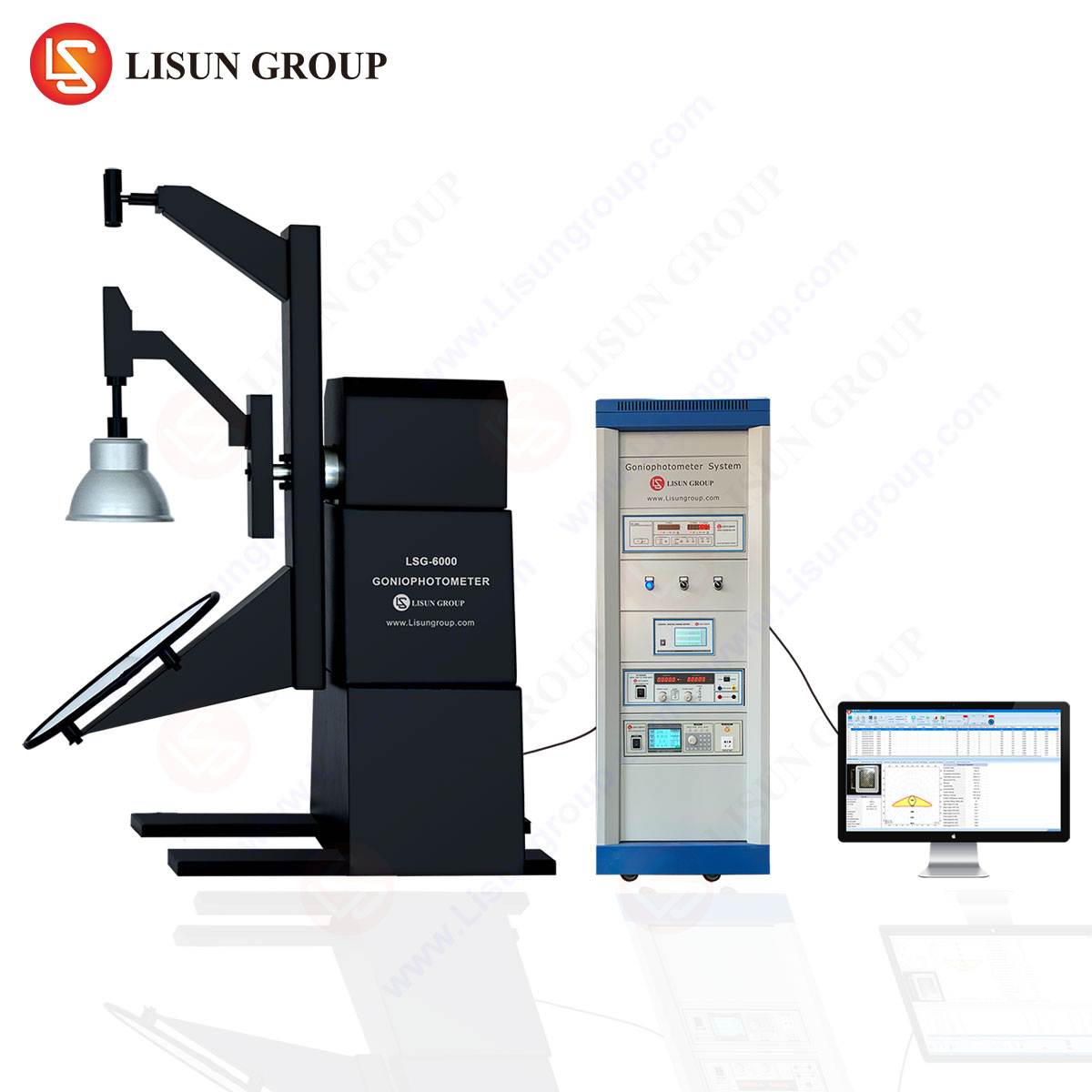Accurate photometric and radiometric measurements are critical in industries such as lighting, display technology, and optical component manufacturing. Two primary instruments used for such measurements are goniophotometers and integrating spheres. While both serve the purpose of evaluating light sources, their methodologies, applications, and compliance with international standards differ significantly. This article examines their key differences, technical principles, and industry-specific applications, with a focus on the LISUN LSG-6000 Goniophotometer as a benchmark for high-precision testing.
Goniophotometers measure the spatial distribution of light emitted by a source across various angles. The LSG-6000 employs a rotating detector or light source mechanism to capture luminous intensity, chromaticity, and beam characteristics at multiple azimuth and elevation angles. This enables comprehensive analysis of directional lighting products, such as LED modules, automotive headlamps, and streetlights.
Key measurement parameters include:
The LSG-6000 complies with LM-79, LM-80, IESNA, CIE 121, and EN 13032-1, ensuring adherence to global photometric standards.
Integrating spheres operate on the principle of uniform light diffusion. A light source is placed inside a spherical cavity coated with highly reflective material (e.g., barium sulfate or PTFE), and a detector measures the total flux by capturing multiple reflections. Unlike goniophotometers, integrating spheres provide total luminous flux (in lumens) without angular resolution.
Applications include:
However, integrating spheres cannot evaluate directional light properties, making them unsuitable for beam pattern analysis.
The LSG-6000 is indispensable for evaluating LED luminaires, ensuring compliance with ANSI/IES RP-16 and EN 13032-1 for street lighting uniformity. Integrating spheres, meanwhile, verify total lumen output for ENERGY STAR® certification.
Goniophotometers assess viewing angle performance in OLED displays per IEC 62977, while integrating spheres measure backlight uniformity in LCD panels.
Goniophotometers analyze solar simulator angular irradiance, whereas integrating spheres calibrate reference cells under IEC 60904-9.
Medical lighting requires precise beam control (tested via goniophotometry), while sensor calibration relies on integrating spheres for uniform irradiance.
The LSG-6000 offers:
Q1: Can the LSG-6000 measure both near-field and far-field photometry?
Yes, it supports near-field goniophotometry for small sources and far-field for large luminaires per CIE 121.
Q2: Which standard governs total flux measurement in integrating spheres?
LM-79-19 specifies the procedure for absolute photometry.
Q3: Is the LSG-6000 suitable for automotive headlamp testing?
Yes, it complies with SAE J575 and ECE R112 for beam pattern validation.
Q4: How does an integrating sphere correct for self-absorption errors?
Auxiliary lamps and spectral corrections are applied per CIE 84.
Q5: What industries benefit most from goniophotometry?
Stage lighting, urban design, and optical R&D rely on angular light distribution data.
This analysis underscores the complementary roles of goniophotometers and integrating spheres in photometric testing, with the LSG-6000 standing out for directional light analysis across diverse industries.







